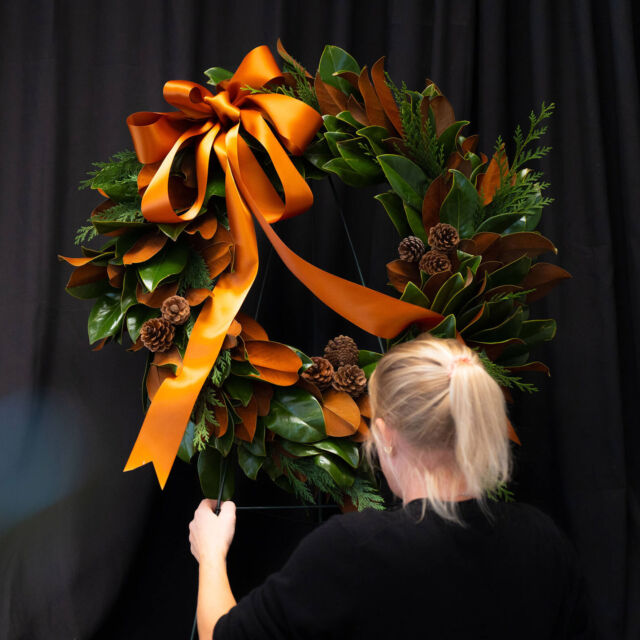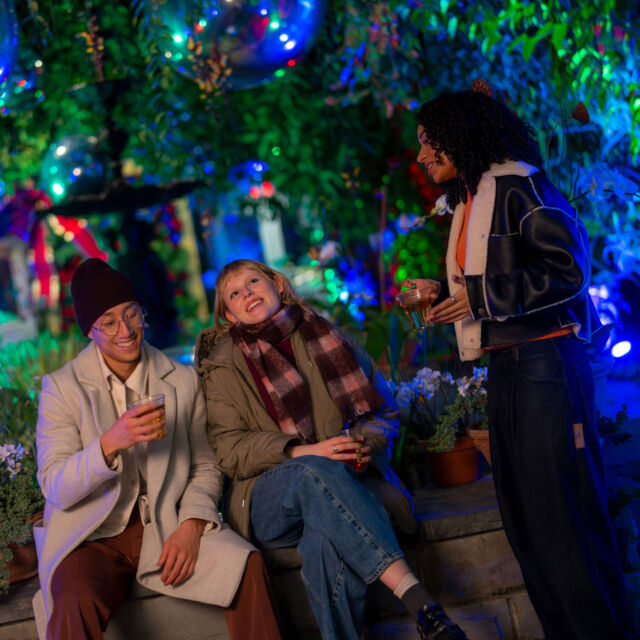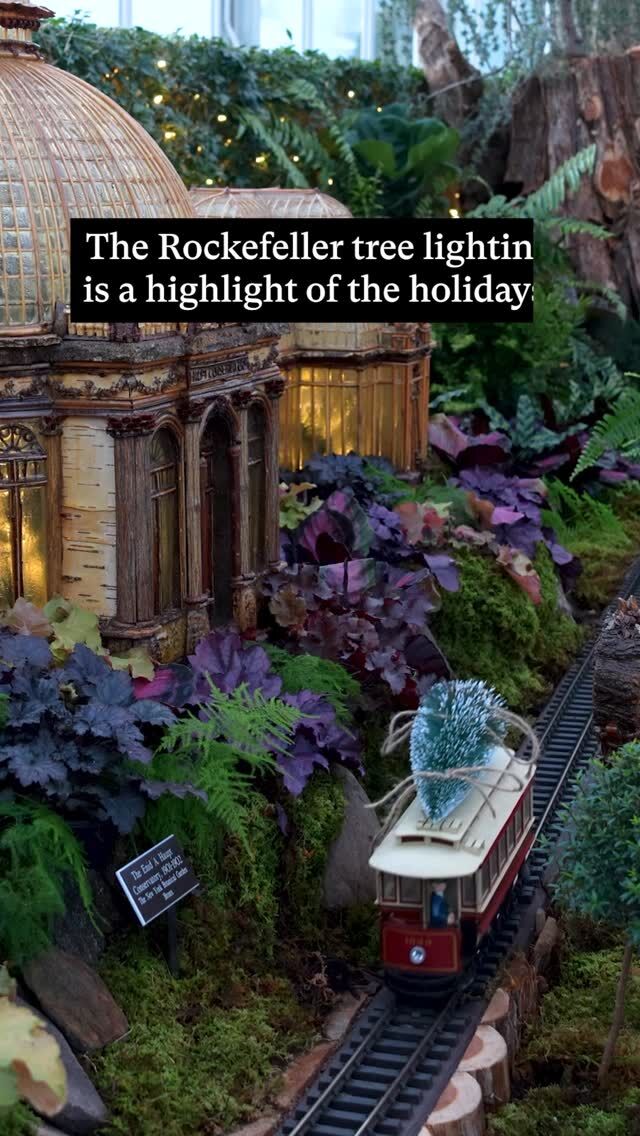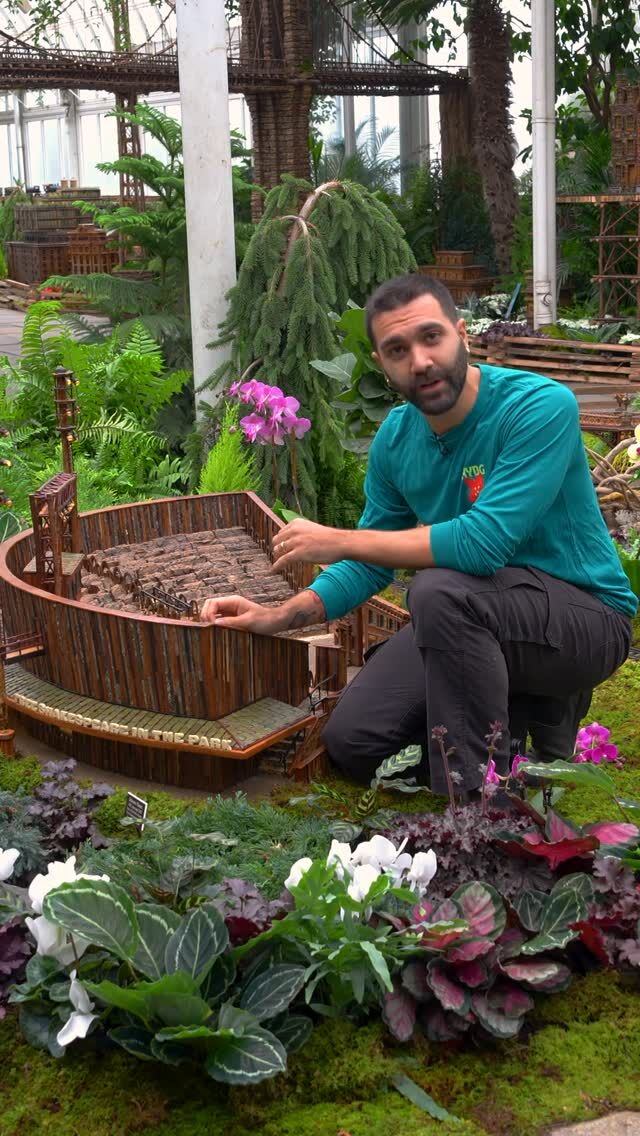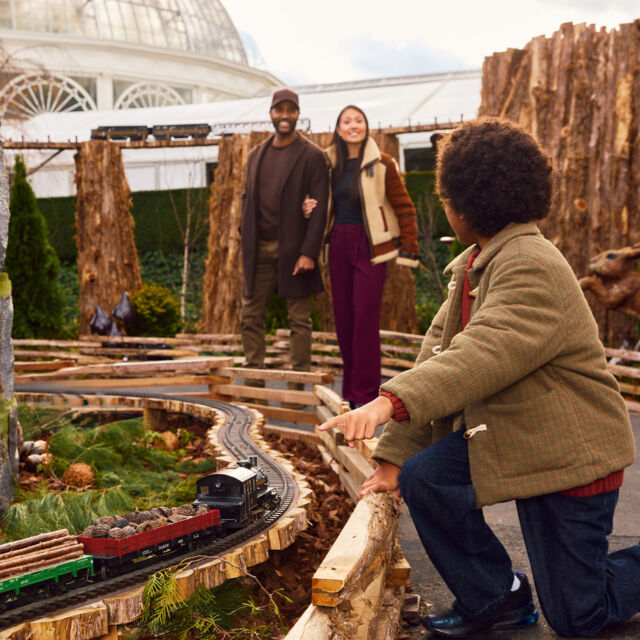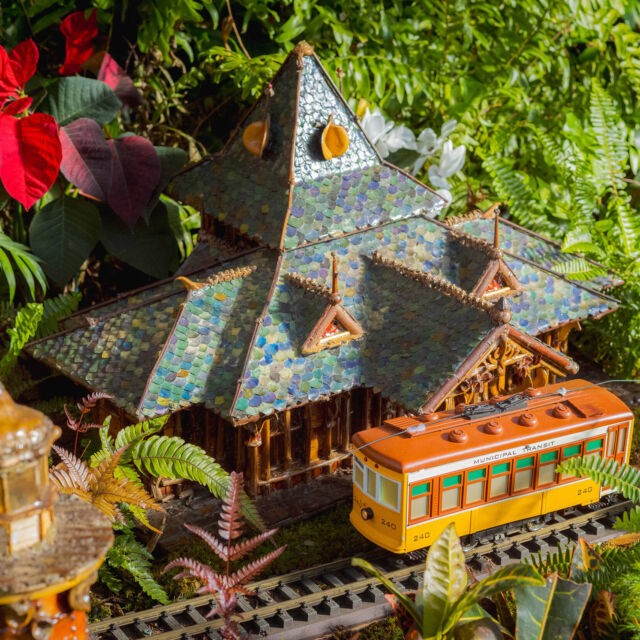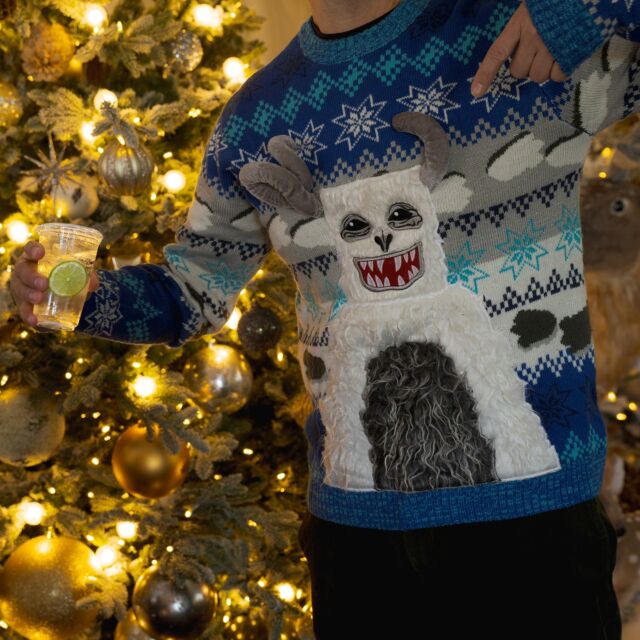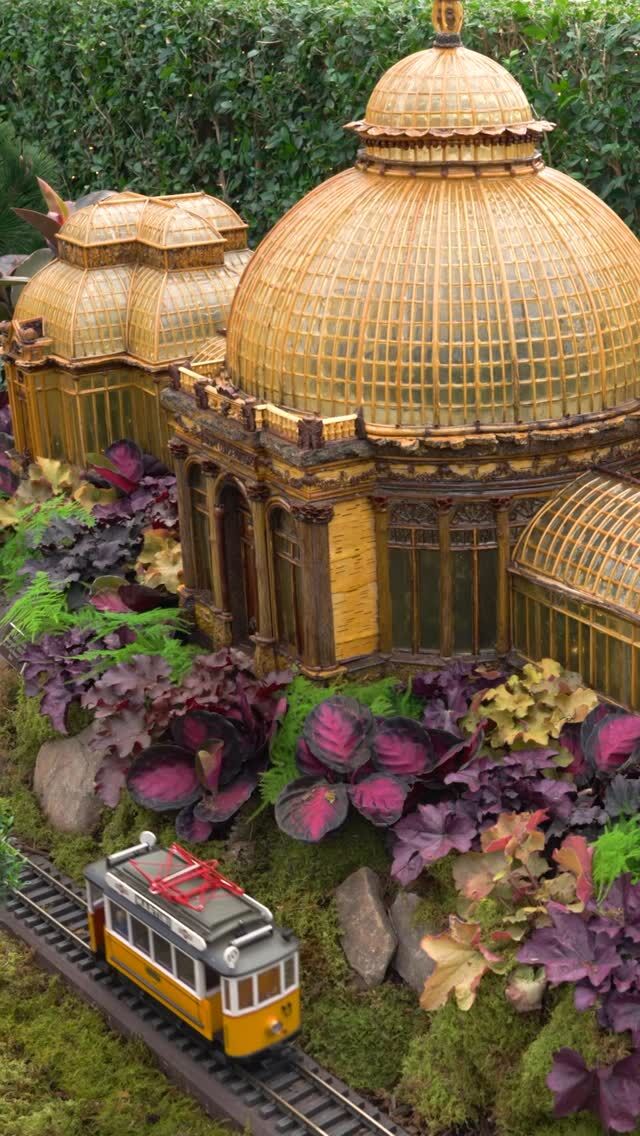Rebuilding and Restoring the Biocultural Collection
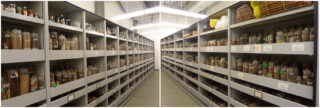
It was a hot summer day when I sat down to speak with Matthew Pace and Ken Walker, who are leading the charge to rebuild our Biocultural Collection.
The AC box I’d wedged snugly into my window was cranked up on high—producing a significant whirring sound that I hoped wouldn’t cause a ruckus on our Zoom meeting. Right outside the glass securing its precarious position, I could hear birds sitting on branches of the tall honey locust, its green leaves providing them shade, and the gentle breeze giving some respite from the July heat. Nature’s version of AC.
It felt like a perfect segue way into our conversation: proof of how nature has informed, and inspired, human innovation.
Matthew Pace, Associate Curator of the Herbarium, and Kenneth Walker, Project Manager of NYBG’s Cultural Diversity Digitization Initiative, work in tandem to understand how plants and people interact, today and throughout history.
Pace, an evolutionary biologist, tackles research—investigating evolution, systematics, and conservation—as well as the admin responsibilities, including writing grants, digitizing, curating, and sharing collections.
Walker is an ethnobotanist—meaning he studies how people of a culture and region make use of native plants. In particular, Walker focuses on local traditions tied to plants in NYC and throughout the Caribbean and African diasporas.
Although these two have been working to rebuild our Biocultural Collection for the last three years, its history stems back to NYBG’s founding in 1891, when the core of this collection was formed. It began with scientist Henry Hurd Rusby, who created what he called an Economic Museum—dedicated to “useful” plants and plant-derived products he had acquired through donation, exchange, and field excursions.
Since then, this collection has evolved, ultimately showing us that a plant’s “usefulness” is subjective and multifaceted.
But first, let’s back up to the 19th Century. For Rusby, his collection was grounded in economic botany—particularly how plants were used in industry, such as food, medicine, infrastructure, and clothing. Think indigo, cotton, wheat, corn, pharmaceuticals. In the Western world, plants were often viewed through the lens of resource extraction and monetary value. Many of these collections began at some of the earliest World Fairs. There, people were introduced to plants’ form and function—scientifically, and economically.
However, this discipline has evolved into a more inclusive study.
“Over time, I think the discipline has changed to have a broader sense of not just how plants are used as part of an economic process, but just more generally how plants fit into human culture,” said Pace. “[This] can include religious importance, like sort of intangible parts of culture, and food that may not be industrialized, but still has incredible importance.”
Economic botany goes hand in hand with ethnobotany—and now, a third term is being used: biocultural diversity.
“Biocultural collections have sort of emerged more recently as a way to encompass all your plant interactions,” said Walker. “So not just traditional, but also local and urban and all the ways that all human cultures interact with these plants.”
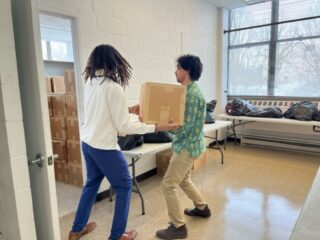
Kenneth Walker and intern Kiran McDonald move specimens out of storage.
When Rusby died in 1940, his Museum of Economic Botany was moved to storage to make room for the growing Steere Herbarium—until three years ago, when Pace and Walker began their efforts to restore and expand the Biocultural Collection, and eventually make it accessible to the public, physically and digitally.
They’ve worked with interns, volunteers, NYBG staff, and partners from other cultural institutions to achieve their goals of securing, digitizing, and increasing access to the collections. Together, they inspect the specimens and ensure the best methods to make them last for future generations of research. In order to highlight the collection, Walker has elaborated upon specimens in the Hand Lens, the Steere Herbarium’s online journal.
Digitizing the Biocultural Collection is a complex process. Each specimen carries a range of documented information, such as habitat, vernacular name, and use. Some are recorded in foreign languages, requiring precise translation.
Before the 1980s, the standards for specimen collection—and what they were eventually used for—were almost nonexistent.
“Back when [Rusby] was collecting these specimens…there was no guarantee that if you went to a pharmacy or a grocery store in New York, that if you got a box of an herbal supplement, that any of that plant actually was in that box,” said Pace. “There were no quality controls, there was no safety control…And so that’s what a large part of this historic collection is—it’s actually the vouchers that Rusby was using to compare and to also figure out, you know, ah, is this plant actually effective? What chemical components are in it?”
There were also little protections for local and indigenous communities—no prior informed consent agreement, and often information taken from communities wouldn’t be properly attributed, if at all.
It wasn’t until 2014 that the Nagoya Protocol entered into force through the Convention on Biological Diversity. It established a global framework for benefit sharing, so that when genetic resources are used, the countries or communities that provided those resources receive a fair share of the benefits.
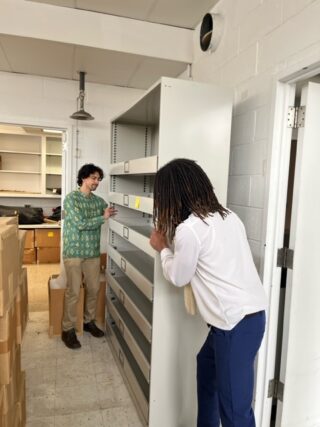
“It’s very important for us as an institution to then connect back to those source communities,” said Pace. “So we’ve been working with an organization called Local Contacts to help facilitate that reconnection.”
The Biocultural Collection has become significantly larger compared to its original size, due to the years Pace and Walker have dedicated to this project. By digging into the specimens, they’ve found information that was passively added by researchers—names and purposes given by locals, filed away and not recognized until now. Walker’s work was especially integral through “optical character recognition,” in which he searched for standardized terms like “medical” or “food plant”—and found thousands of additional records that were then folded into the project.
They’ve found many plants with benefits that go far beyond the basics of food and medicine, and instead serve more niche purposes—plants’ roles in sewing a bassinet, or inspiration for a lullaby.
What once started as 11,000 specimens became over 21,000.
“There are a number of cultures that have never received the direct ethnobotanical study, but have still been losing, in many ways, the ethnobotanical knowledge tied to usage and tied to plant names,” said Walker. “These instances of recordings by systematists provides an ample database for returning information that has been lost in many contexts.”
At least twelve of the languages documented in the Biocultural Collection are in danger at some level, according to the Endangered Languages project. For instance, 6 specimens are labelled in vernacular names that represent Serua, a severely endangered Austronesian language endemic to Serua Island in Maluku, Indonesia.
Walker and Pace’s work has not only ensured that the specimens in this collection remain intact and well-maintained, but also that their historical, traditional, and local uses are not forgotten—rather, that they might be implemented into present-day solutions.
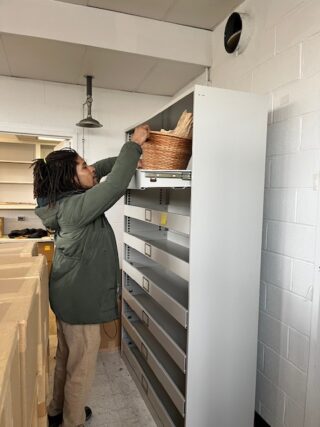
“These collections are also a vast compilation and archive of the genetic diversity that could potentially help us through some of these pressing concerns,” said Walker. “Thinking about climate change, we have seeds that were collected in some of the most adverse conditions and yet still manage to flourish. Thinking about how we can adapt our current practices…is very important.”
Pace emphasized the importance of diversity.
“The strength of the planet is diversity. It’s biodiversity, and it’s the same thing for human cultures. The strength of human culture is through diversity,” said Pace. “And just like the environment is becoming more homogenous through time due to invasive species, climate change, and endangered species becoming extinct, the same thing is happening with cultures where information gets lost over time, dominant cultures become even more dominant.”
As an example, he referred to fungi that have been found to eat plastic. These solutions may be out there—we just don’t know it yet.
“If we are going to meet the challenges of the future, we need to have as many tools in our toolkit as possible. And that is not only the plants themselves, but the information that people have about plants,” said Pace.
Basically, when plants thrive, humans thrive too.
“The cultural relationships that people have with plants are incredibly important for maintaining the cultural fabric of humanity.”
SUBSCRIBE
Enter your email address to subscribe to this blog and receive updates on new posts.

